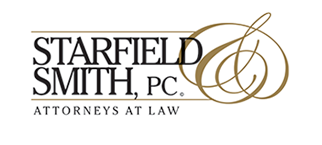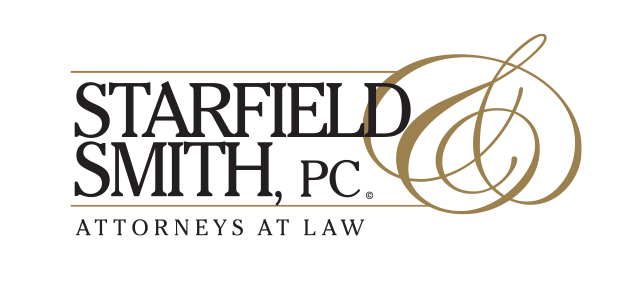With the large volume of recorded lien (and associated) documents required to secure SBA loans, it is not uncommon for an instrument recorded in the public records to contain an error. The most common errors include: (i) an error within a legal description attached to a recorded document; and (ii) a typographical error which is commonly referred to as a “scrivener’s error.” It is very important that there are no errors within a recorded document because constructive notice may be affected by these errors, which in turn may affect the priority of a lien on specific collateral that secures a loan. It is, therefore, incumbent upon lenders to correct any errors discovered in a recorded instrument as soon as practicable.
The method to correct an error in a recorded instrument will largely depend on state-specific laws, so an attorney familiar with these laws should be consulted prior to correction of the error. Further, it is important to consult the title agent that issued the loan policy with respect to any error located within an insured lien instrument to: (i) confirm the appropriate correction method; (ii) clarify which party is responsible to prepare, obtain, and record the executed corrective instrument; and (iii) obtain any required endorsement to the title policy insuring the original lien instrument to be corrected. Examples of ways to correct errors in a recorded instrument include the following: (1) execute and record a corrective document; (2) re-execute and re-record the original document; or (3) execute and record a “scrivener’s affidavit.”
- Execute and Record a Corrective Document: Recording a corrective document is likely the most thorough method to correct errors in a recorded instrument, but it is also the most time intensive and challenging, logistically speaking. This method requires the execution of a corrective document (properly titled) that complies with the requirements of the instrument that it seeks to correct, including execution by the original parties to that instrument in the presence of the correct number of attesting witnesses and notarization prior to re-recording. The new corrective instrument must also: (i) identify the document that it seeks to correct (by referencing the official records book and page or instrument number in the county of recording); (ii) state the specific changes being made; and (iii) clearly explain the reason for the correction.
- Re-Execute and Re-Record an Original Document: Another way to correct a recorded instrument is to obtain the original recorded document, correct the error within the original document itself, revise the language within the original document to reference the title as a “re-executed and re-recorded” document, adjust the execution date and reference to other dates within the document, if any, re-execute the original document, and re-record it The re-execution of the document must be completed with the same formalities as if it were the original document being executed, including re-execution by the original parties to the instrument in the presence of the correct number of attesting witnesses and notarization prior to re-recording.
- Execute and Record a Scrivener’s Affidavit: Sometimes, under applicable state law, the formalities described above are not required, and correction of an error in the original, recorded document, may be made by recording a “scrivener’s affidavit” by the appropriate party explaining the error. A scrivener’s affidavit is a written statement made by the person who drafted a legal document. This type of affidavit may be used to correct minor errors and/or add information to a document in order to clarify the document’s intent, prevent disputes, resolve ambiguities, and demonstrate compliance with legal requirements.
Priority: Please keep in mind that, depending on the type of error to be corrected within the lien instrument, lien priority may be lost if a lien or other matter attaches to property during the time period between the original recording and the subsequent recording of a corrective document, re-recorded document, or scrivener’s affidavit. In this situation, it is prudent to operate with a sense of urgency and obtain a title search to identify any intervening title or lien priority discrepancies that may require further action.
For more information regarding curing defects in recorded instruments, please contact Starfield & Smith, PC at info@starfieldsmith.com or (215) 542-7070.




Comments are closed.